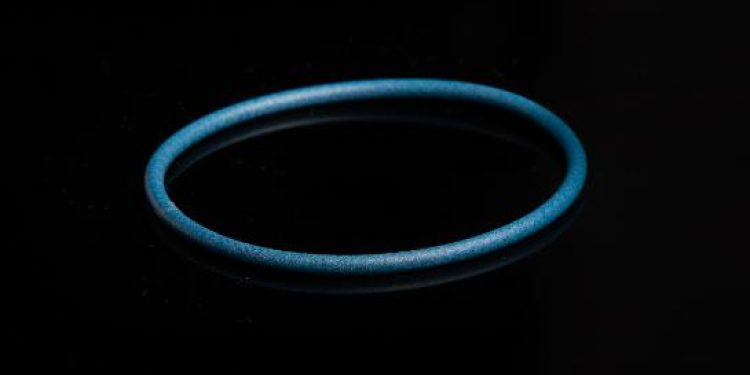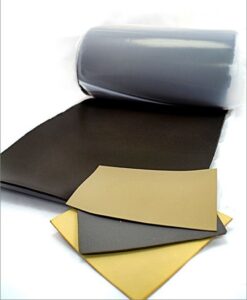SSP’s EMI O-Ring Case Study compared molded to bonded products. Which type do you need?
EMI O-rings that are made of electrically conductive silicones combine reliable environmental sealing and broad temperature resistance with proven levels of shielding against electromagnetic interference (EMI). These donut-shaped gaskets can be cut and bonded from extruded cord stock or molded as a single piece instead. Molding requires tooling, however, and that adds costs and can extend project timelines.
Bonded EMI O-rings can save time and money, but some gasket fabricators glue the ends together with a non-conductive adhesive. This cold splicing process can result in EMI leakage and a “hard spot” where the ends are joined. Hot vulcanizing with a conductive adhesive, the joining process that Specialty Silicone Products (SSP) uses, eliminates these problems and provides benefits that this case study documents.
Molded EMI O-Rings: Tooling and Lead Times
Recently, SSP supplied hot vulcanized EMI O-rings to a company that needed to replace EMI gaskets that had failed electromagnetic compatibility (EMC) testing. The need was urgent, but the company wasn’t even sure which O-ring cross-section and inner diameter (ID) were required. Nevertheless, they searched Google and contacted various suppliers of molded and bonded products.
The company received numerous quotes for molded EMI O-Rings but would have to pay $5000 per mold and wait 8 to 12 weeks for three samples in different sizes to arrive. The $15,000 in total tooling costs and the high minimum order quantities (MOQs) were not cost-effective. Plus, the production run would require 12 weeks of lead-time for the mold and two weeks of manufacturing time for a total of 14 weeks.
Bonded EMI O-Rings: Cold Splicing vs. Hot Vulcanizing
Next, the company found a gasket fabricator that could bond EMI O-rings from conductive cord stock. The lead times and MOQs were less, but the glue that was used for cold splicing could not withstand the application’s low-temperature requirement. Because the bonding agent was not electrically conductive, there was also an EMI pathway risk.
Finally, the company engaged SSP and leveraged our conductive hot vulcanizing process. For each of the three EMI O-ring samples, our lead time was just one week. SSP did not charge the company for the samples, and there wasn’t a tooling charge either. The conductive silicone bonding agent was rated for the same temperature as the cord stock, and there wasn’t a “hard spot” or EMI leakage concerns.
From EMI O-Ring Case Study to the EMI Shielding You Need
Do you need EMI O-rings? To learn more about how SSP makes them, or for additional information about our conductive silicone cord stock, contact SSP on-line or email Dominic Testo. In addition to this EMI O-Ring Case Study, check out our article in Design News.





